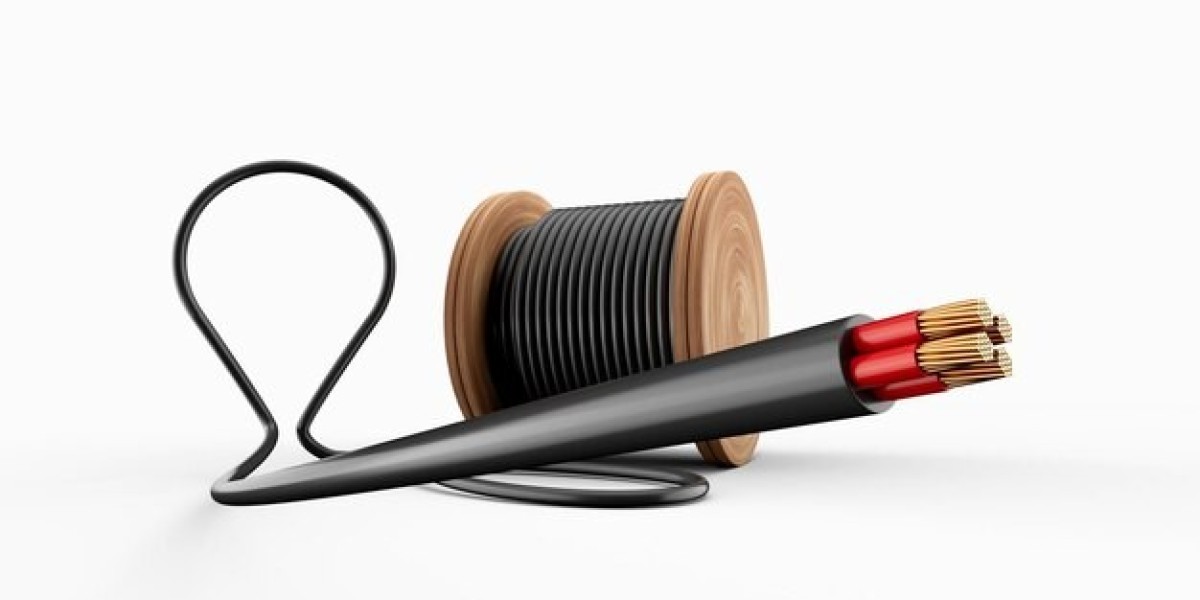Paint protection film (PPF) has become increasingly popular among vehicle owners for its ability to preserve the pristine appearance of cars, trucks, and motorcycles. Beyond its aesthetic and protective benefits, PPF also offers significant environmental advantages. This article delves into the various ways paint protection film contributes to environmental sustainability.
1. Reducing the Need for Repainting
One of the primary benefits of PPF is its ability to protect a vehicle’s paint from scratches, chips, and other forms of damage. Without PPF, vehicles often require frequent touch-ups or complete repainting to maintain their appearance. The process of repainting involves several environmentally harmful practices, including:
- Volatile Organic Compounds (VOCs): Paints and solvents used in the automotive industry often contain VOCs, which contribute to air pollution and have been linked to health issues such as respiratory problems and cancer.
- Energy Consumption: Repainting a vehicle is an energy-intensive process. It requires the use of spray booths, drying ovens, and other equipment that consume significant amounts of electricity.
- Material Waste: Repainting generates waste in the form of unused paint, overspray, and packaging materials.
By reducing the frequency of repainting, PPF helps to minimize these environmental impacts.
2. Extending Vehicle Lifespan
PPF helps maintain the structural integrity and appearance of a vehicle, which can lead to a longer lifespan. When vehicles look better for longer periods, owners are less likely to replace them prematurely. Extending the life of a vehicle has several environmental benefits:
- Resource Conservation: Manufacturing new vehicles requires substantial natural resources, including metals, plastics, and glass. By keeping existing vehicles on the road longer, we reduce the demand for these resources.
- Energy Savings: The production of new vehicles is energy-intensive. Extending the lifespan of a vehicle through the use of PPF can help save the energy that would otherwise be used in manufacturing new cars.
- Waste Reduction: Older vehicles that are kept in service longer reduce the amount of waste generated from vehicle disposal. This includes not only the vehicles themselves but also the associated waste from manufacturing and transportation.
3. Enhancing Fuel Efficiency
PPF contributes to a vehicle’s aerodynamic efficiency by maintaining a smooth surface. A smooth, well-maintained surface reduces air resistance, which can enhance fuel efficiency. While the impact on fuel efficiency might be modest, every bit of improvement contributes to a reduction in greenhouse gas emissions. Improved fuel efficiency means fewer trips to the gas station and less fossil fuel consumption overall.
4. Eco-Friendly PPF Options
Manufacturers of paint protection films are increasingly focusing on developing eco-friendly products. These advanced films are made with materials that have a lower environmental impact during production and disposal. Some of the environmentally friendly practices include:
- Recyclable Materials: Using materials that can be recycled at the end of their lifecycle reduces waste and the need for virgin resources.
- Non-Toxic Adhesives: Employing non-toxic adhesives in PPF production helps minimize harmful chemical emissions during both application and disposal.
- Reduced Energy Manufacturing: Innovations in the manufacturing process have led to reduced energy consumption, further decreasing the overall environmental footprint of PPF products.
5. Protecting Against Environmental Damage
PPF also shields vehicles from environmental damage such as acid rain, bird droppings, and UV radiation. These elements can degrade a vehicle’s paint over time, leading to a need for repair and repainting. By protecting against such damage, PPF reduces the environmental toll associated with paint degradation and subsequent repair processes.
Conclusion
Paint protection film offers a multitude of environmental benefits, from reducing the need for repainting and extending vehicle lifespan to enhancing fuel efficiency and supporting the development of eco-friendly products. As awareness of environmental issues continues to grow, the adoption of PPF can play a significant role in promoting sustainability within the automotive industry. By choosing PPF, vehicle owners are not only preserving the aesthetic appeal of their vehicles but also contributing to a healthier planet.



